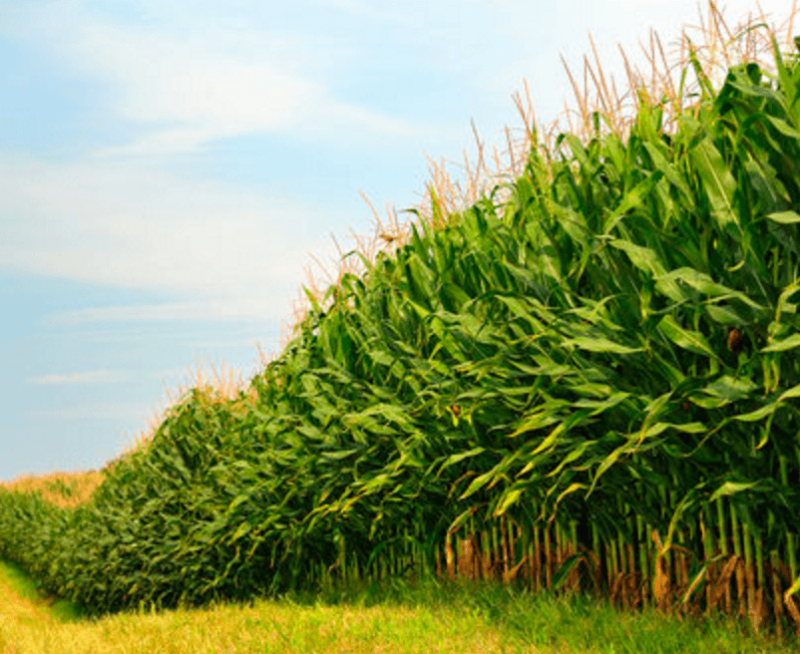…[R]esearchers led by Rice’s Scott Egan, an assistant professor of biosciences, are building tools to detect, quantify and track the dispersal of genetically engineered crops and animals and their byproducts.
The technology being developed over five years will allow researchers to sample water from the environment and analyze it for the presence of DNA or proteins from organisms that have been engineered for specific purposes but may have unintended consequences.
“Bt-corn is a good example,” Egan said. “This genetically modified corn has a gene from bacteria that kills some of the herbivorous insects that attack it. It’s a wonderful invention that lets us produce more corn per unit area.
“But then that corn and the detritus … get into the creek system. And … a very close relative to the herbivores that attack the corn is the caddisfly…” Caddisflies are a critical member of aquatic ecosystems, Egan said, and negative impacts to the species could cascade throughout the aquatic environment…
…”We have these wonderful (genetic) technologies but we should also have the tools to detect them if they get outside their intended ranges,” [he said.]
The GLP aggregated and excerpted this blog/article to reflect the diversity of news, opinion and analysis. Read full, original post: Scientists lead development of tools to track genetically engineered organisms































